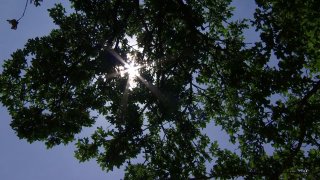
Now that Texas is officially past the March 21 average date for final frost, Fort Worth City Forester Craig Fox gives expert advice on the most vulnerable plants impacted by mid-February's winter storm and tips on how to restore them.
Fox used the data from the 1983 Texas' winter storm, which was the state's most recent and similar weather to the one earlier this year, keeping a close eye on the plants heavily impacted.
Among the list of most vulnerable plants are new plants, with problems due to root mass and dry soils.
Many Texas trees such as live oaks, crape myrtles, Japanese, waxleaf ligustrum, Indian hawthorn, and pittosporum trees all have a range of different ways they responded to damage after the storm too.
Get DFW local news, weather forecasts and entertainment stories to your inbox. Sign up for NBC DFW newsletters.
Many live oaks lost their bright green color but it should come back soon, and crape myrtles may have suffered through minor twig dieback while other cultivators such as "Tuscarora', 'Muskogee,' 'Sioux', or 'Natchez' suffered through more severe dieback.
Other trees in Central Texas like certain Japanese or waxleaf ligustrum trees may have been lost, but others such as the Asian jasmine tree will just need to be trimmed back to restore back to health.
Experts say the best thing to do is to watch and wait to see how injured the tree could be and know exactly which steps to take to bring it back to health. Revisiting plants on July 4 or later will help Texans determine whether to prune or remove existing trees.
Local
The latest news from around North Texas.
Even with buying plants with the arrival of spring, individuals are advised to be aware that it could be difficult to find certain spring favorites due to the storm.



